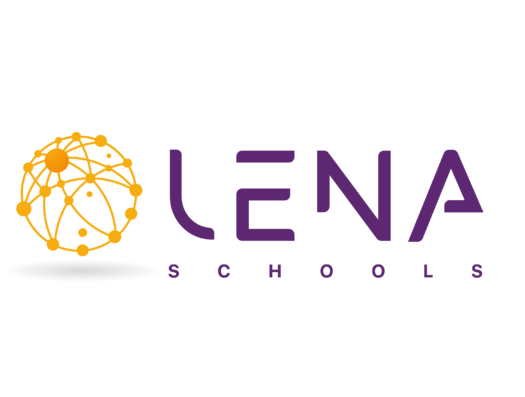The choice between online schooling and onsite schooling, also known as traditional in-person schooling, depends on various factors and individual circumstances. Here are some key considerations when comparing online schooling and onsite schooling:
- Flexibility: Online schooling offers flexibility in terms of scheduling and location. Students can access their coursework and complete assignments from anywhere with an internet connection, allowing for more freedom and convenience. Onsite schooling follows a fixed schedule and requires physical attendance at a specific location.
- Social Interaction: Onsite schooling provides more opportunities for face-to-face social interaction with peers and teachers. Students can engage in discussions, group activities, and extracurricular activities, fostering social skills, teamwork, and a sense of community. Online schooling, while offering some avenues for virtual interaction, may have limited in-person socialization opportunities.
- Learning Environment: Onsite schooling typically provides a structured learning environment with dedicated classrooms, libraries, and resources. Students have direct access to teachers and immediate assistance when needed. Online schooling requires students to create their own learning environment, which can vary in terms of distractions, support, and available resources.
- Personalized Learning: Online schooling can offer more personalized learning experiences. Students can progress at their own pace, revisit materials as needed, and have access to a variety of learning resources. Onsite schooling often follows a set curriculum and pace, with less flexibility for individualized learning.
- Teacher-Student Interaction: Onsite schooling allows for direct, in-person interaction between teachers and students. This can facilitate immediate feedback, clarification of concepts, and a deeper understanding of the material. Online schooling may involve virtual communication with teachers, which can sometimes result in delayed responses and potential challenges in building a strong teacher-student relationship.
- Extracurricular Activities and Facilities: Onsite schooling often provides a wider range of extracurricular activities, such as sports, clubs, and events, which may enhance students’ overall educational experience. Additionally, schools may have specialized facilities, such as science labs or art studios, that are not easily replicated in an online setting.
- Technology and Infrastructure: Online schooling requires access to reliable internet connectivity and appropriate technology devices, such as computers or tablets. Students and families must have the necessary technological resources and skills to effectively participate in online learning. Onsite schooling does not have the same technology and infrastructure requirements.
- Health and Safety: In situations where health and safety concerns arise, such as during a pandemic or in cases of specific student needs, online schooling may provide a safer option by minimizing physical contact and exposure to potential risks. Onsite schooling, when conducted in a safe and healthy environment, can offer a more traditional and social learning experience.
It’s important to consider the specific needs, learning style, and preferences of the individual when choosing between online schooling and onsite schooling. Some students may thrive in an online environment, while others may prefer the structure and social aspects of onsite schooling. The quality and effectiveness of the educational institution or online platform also play a significant role in determining the success of the chosen mode of schooling.

